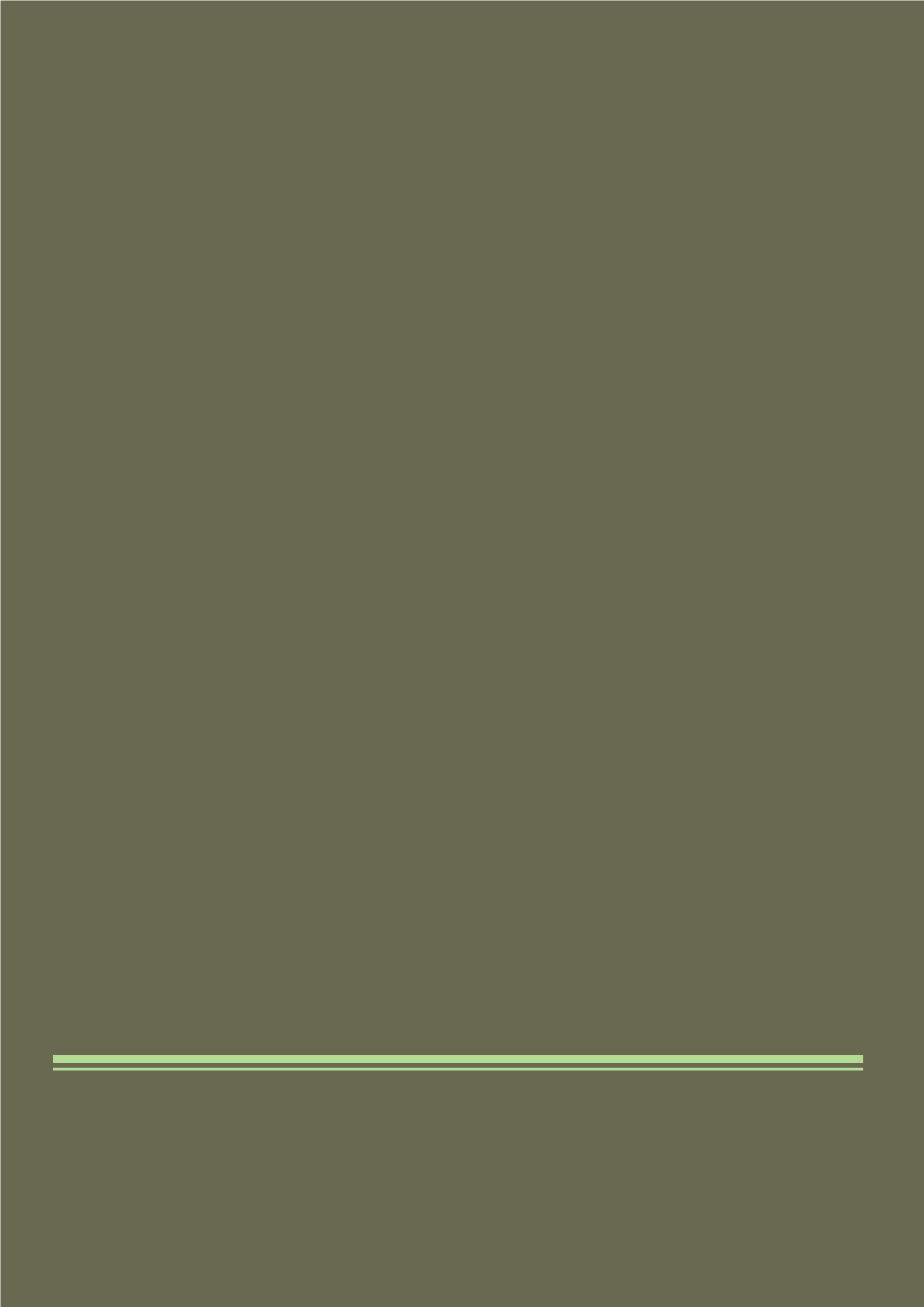
printing tissue composed of one particular cell is
inadequate.
Another part of the puzzle is to be able to
create CAD files for bio-printing. Non-living
objects can be easily designed, altered on the
computer and still perform but printing biological
tissue requires knowledge of cell location and
vascular structure. Imaging technology such as
magnetic resonance imaging (MRI) is unable
to pinpoint exact cell locations and there is
no computer software that can handle the
complicated structures of an organ. In addition,
there is no telling what it is that makes an organ
functions. Cornell engineer Hod Lipson, who
attempted to print a meniscus (the cartilage that
cushions joints) explained that “You can put the
cells of a heart tissue in the right place together,
but where’s the start button?” [1]
It might still be at least a decade before the
technology will be advanced enough to print
on small enough scales for a functioning organ.
Simplified structures that are printed so far,
however, are still useful for medical research and
pharmaceutical testing. Most oral drugs take
years of testing to be available on the market,
and testing on printed tissue can potentially save
time and money by screening out certain drugs
before they reach human trials.
現
在普遍家庭的家中都有一部多功能打印機,
相信你我對打印或複製文件等這些簡易的工作已經駕
輕就熟。但你曾否想過在家中除了可以打印文件檔,
還可以打印出立體的物件來呢?三維 (3D) 打印機就正
正擁有這個功能。日常生活的物件小至眼鏡、耳環、
玩具、時鐘,大至車子、樂器等,統統都能夠通過這
新科技複製出來。相信在不久將來甚至連人體器官都
有可能被印出來。
以往製作物件需要從一塊材料剪裁或塑造成型。
而3D打印機只需透過讀取電腦輔助設計 (CAD) 檔
案,或是對原來物體進行360度掃瞄,就能把物件打
印出來。3D打印技術先透過電腦輔助軟件把3D物件
一層一層「分割」成多層的2D切面。塑料需先被溶
化成液體,然後一層一層地把2D切面由下而上列印出
來,堆疊成為3D立體模型。視乎成品的結構,產品設
計的檔案可以是非常繁複的一般是經由所定義的各參
數變化,把圖形不斷改變,來產出不同的幾何形態。
我們亦可以利用重疊(iteration)、遞迴(recursion)等
等原理來產生有趣、高度變化的圖形。例如,利用各
項參數來設定一個空心環狀物體內孔的數目及面積大
小。
最近,醫學工業利用3D打印技術開始試圖打印出
人體組織作醫藥研究之用,被稱之為「生物打印」
(bio-printing)。生物打印技術以活細胞代替金屬或塑
料,層疊形成人體組織。雖然目前的技術還沒發展到
能夠打印出整個人體器官,但已踏出打印活組織這重
要的一步。過程當中其中一個最難的部份就是把有完
整功能的血管製造出來,為器官組織提供必要的營養
及氧氣。沒有血管,細胞在未完成打印之前已死亡。
此外,打印出來的器官需要多種細胞的組合協作,單
獨一種細胞是不能夠組成完整的器官。
另一個難題就是設計出生物打印的CAD檔案。在
電腦上設計非生物物件尚算簡單,而且設計可以用軟
件修改圖案,但打印生物組織需要把細胞和血管結構
設定在精確的位置上。以目前的成像技術,譬如磁力
共振成像(MRI)等都未能夠準確確定細胞的位置。此
外,我們尚未清楚知道一個人體器官是如何正常運作
的。美國康奈爾工程師 Hod Lipson 試圖打印「半月
板」(滑液關節內的軟骨墊),他直言:「你能把心臟
組織的細胞湊在一起,但啟動鍵在哪?」[1]
生物打印技術可能在未來十年以上才能在以較小
規模打印出人體器官。然而,現在應打印出的簡單生
物組織在醫療研究和藥物測試還是大有用處的。大多
數的口服藥物需要多年檢測才能在市場上出售,在
人體試驗之前,以打印組織進行測試可以加快篩選藥
物,節省時間和金錢。
Further Reading
真有解毒功能!
3D
列印機成功製作出肝臟。
(2013,5
月
30
日
)
。東森新聞雲。取自
3D
印表機原理
(
二
)
支撐結構。
(2013,6
月
26
日
)
。日經技術在線。取自
胡惠君、李王寶。形的設計運算方法研究。取自
References
[1] Leckart, Steven. “How 3-D Printing Body Parts Will Revolutionize Medicine”. (2013) Available at
article/2013-07/how-3-d-printing-body-parts-will-revolutionize-medicine (3 October 2013)
7


